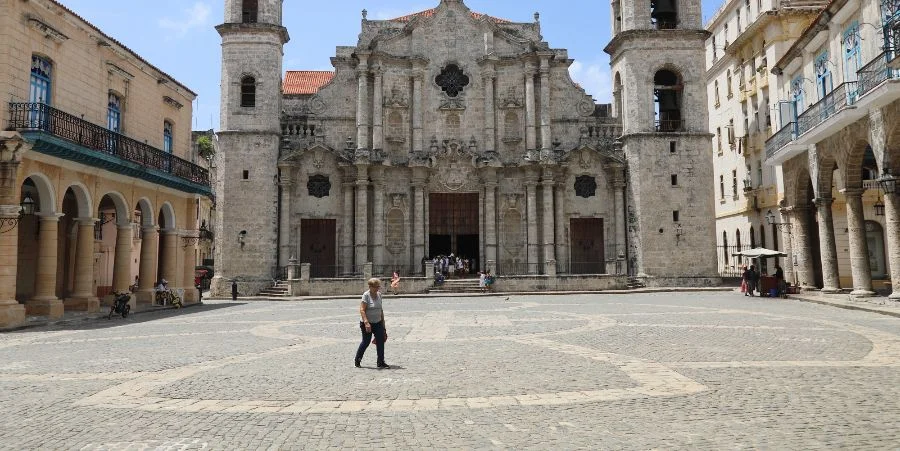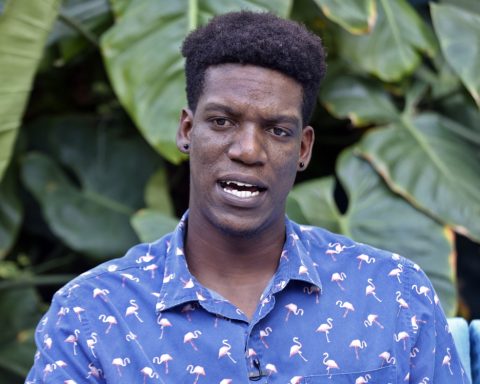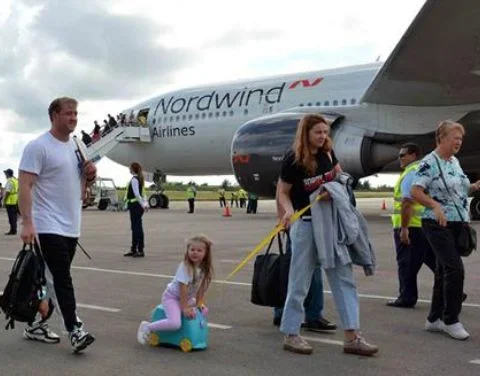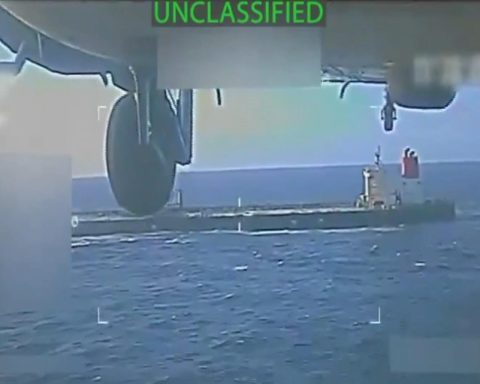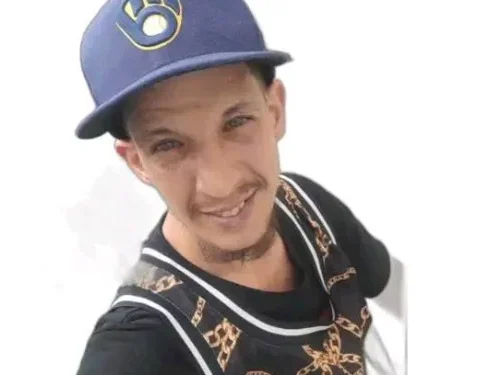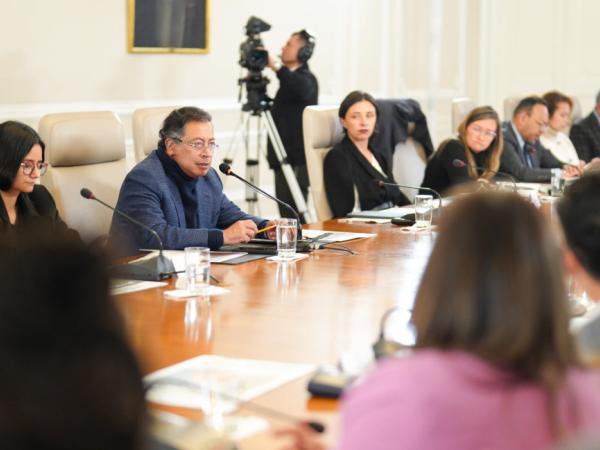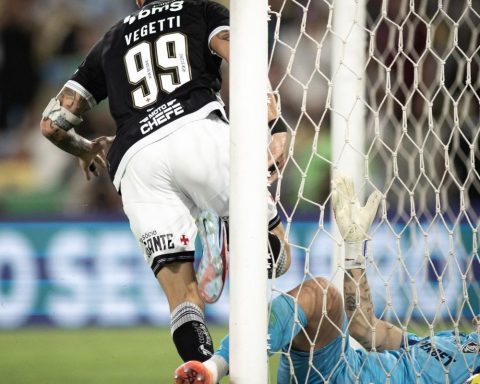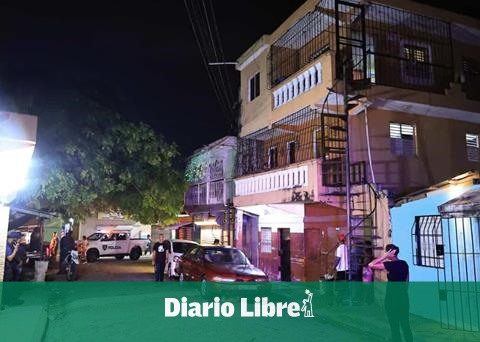Havana.- The Catholic religion, brought to Cuba by the Spanish colonizers, is probably the most entrenched in the population and has left a transcendental mark on Cuban culture, whose most visible demonstration are The churches for the cult of the faithful.
Most Cuban temples do not have as many architectural and artistic values as others in Latin America. It was not because Christian fervor was missing, but for lack of money. As in Cuba there was not so much gold and silver as in other parts of the continent, that motivated that the temples that were built in our land were modest thanks to the peculio contributed by the fleets that transported the wealth to Spain.
The most important of the churches in Cuba is The Cathedral of Havanathat surrounded by historical mansions, stands in front of the square of the same name. Initiated its construction in 1727 by the order of the Jesuits, they could not see their culmination in December 1777 for having been expelled from the territories of Spain by decree of King Carlos III. He had his moments of splendor and states that the remains of Admiral Cristóbal Colon were for two years. There also rest the remains of several bishops.
Restored by Havana Archbishop Manuel Arteaga Betancourt, was reopened on February 24, 1950 and has remained open since then.
Other renowned temples
In the Seminar of San Carlos and San Ambrosio, which is today is the “Father Félix Varela” cultural center, attended by the Catholic Church, several of the Cuban figures of greatest intellectual and patriotic prestige were forged in the nineteenth century.
The oldest existing temple in the capital is the parish of the Holy Spirit, located in the interception of Cuba and Acosta streets, in Old Havana. Built in 1638 by Bishop Monsignor Manrique de Lara, with the permission of the Royal Board of Trustees, it was erected in parish on May 18, 1674.
Restored a few years ago thanks to the historian of the Eusebio Leal city, he still retains as his main architectural value, his alfarje roof made with precious woods. It is considered by the Monument Commission as National Heritage
There the pastor Ángel Gastelu exercised for years, who as a poet was part of the Origen Group. And another originist, the poet and writer José Lezama Lima, was faithful to this parish.
The parish of the Holy Angel Custodio, located in Compostela corner to barracks, in the historic center of the city, was built, thanks to Bishop Fray Jacinto María Martínez, in 1844. There was baptized José Martí, as recalled a modest plate placed at his entrance. And La Loma del Ángel, where the parish is located, was chosen by the writer Cirilo Villaverde to develop the action of Cecilia Valdés, the most famous of the Cuban novels of the nineteenth century.
Before the parish of the Holy Christ of the Good Journey there was a hermitage, built in 1640, which was known by the Humilladero, because by bitter street, in front of the door of the temple, the processions of the via Crucis concluded. Bishop Diego Evelino de Compostela raised his range to parish. Repaired several times, in 1899 the American Augustinian parents enlarged her and made a school at the back, which was nationalized by the State in 1961.
The Catholic temple of greatest flat and artistic value of all the 87 existing in the Cuban capital is the Church of the Sacred Heart of Jesus. Built by the Order of the Jesuits, it is better known as the Church of Reina, because it is located in the interception of Reina Street with Belascoaín. Before he was next to the Convent of Bethlehem. In 1907 the brother of the Order, Vicente Leza, propelled a project to build the current Church, which was inaugurated and blessed by the then Bishop Pedro González Estrada, on May 3, 1923.
It presents a perfect Gothic style. His tower is the highest of Havana churches. Its interior is embellished by primorous stained glass windows made in Spain. The construction of the Church was paid, among others, by banker Narciso Gelats.
The church of Reina, which is 100 meters, in the background, on Star Street, communicates with the San Ignacio de Loyola Center, where numerous religious and cultural activities are carried out.
Other important Catholic temples of the Cuban capital are the sanctuary to the Virgen del Cobre, the patron saint of Cuba; the Church of San Lázaro, in El Rincón; The Our Lady of Carmen parish; The Church and Convent of La Merced, the Church of Santa Rita in Miramar; that of the Sacred Heart of Jesus, in the Vedado; That of the Pasionist Fathers, in the Viper, and the hermitage of the Cristo Rey, where Father Sardiñas, the communist priest with olive green cassock.
A new seminar that is erected today in the beach municipality, is the only Catholic construction made after 1959.
Many churches remained closed for many years by the shortage of priests, after, in 1961, many were expelled from the country, in the Covadonga steam, by the communist regime, which accused them of “Falangists and counterrevolutionaries.”
At that time, many faithful stopped attending the temples, because they were badly seen by the regime, which considered their ideas as “negative to the process”, and there were even people prey for expressing their faith publicly.
Today, despite the fact that the current Constitution says to protect freedom of worship and expression, violations of religious freedom are still produced, such as, for example, The prohibition In the last two years of the procession of the Crucis via.
